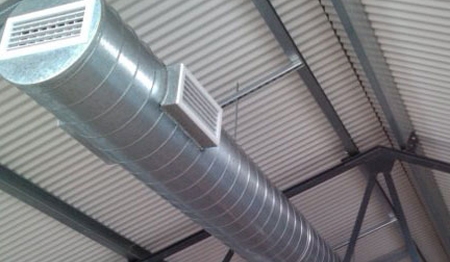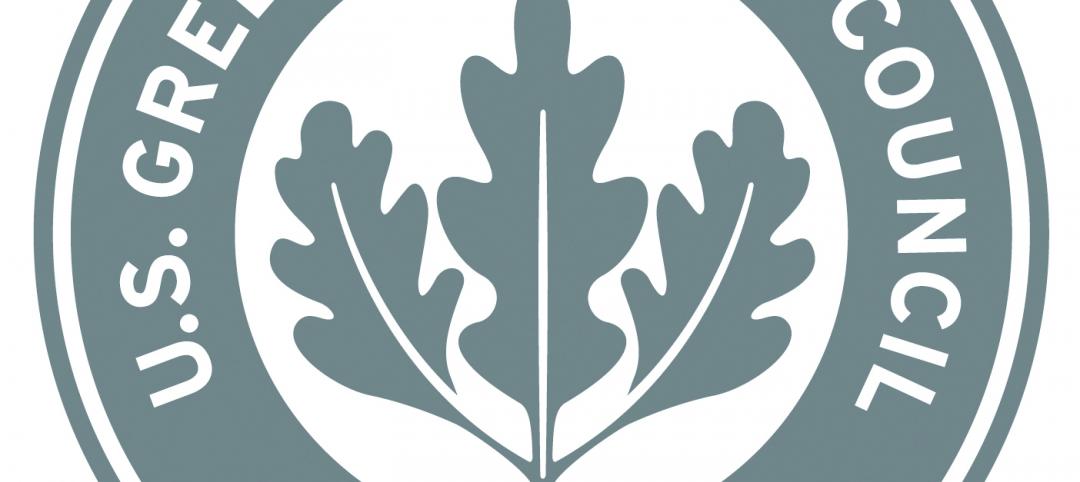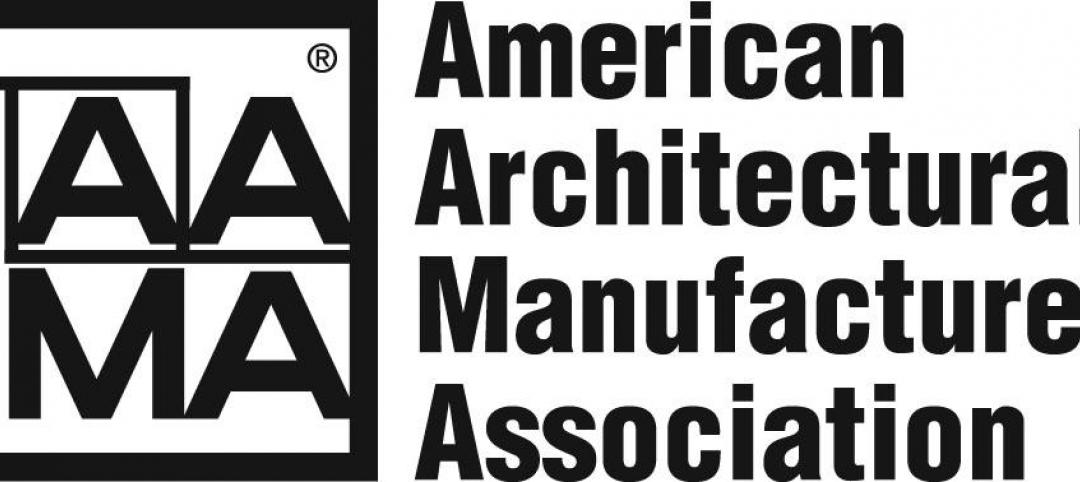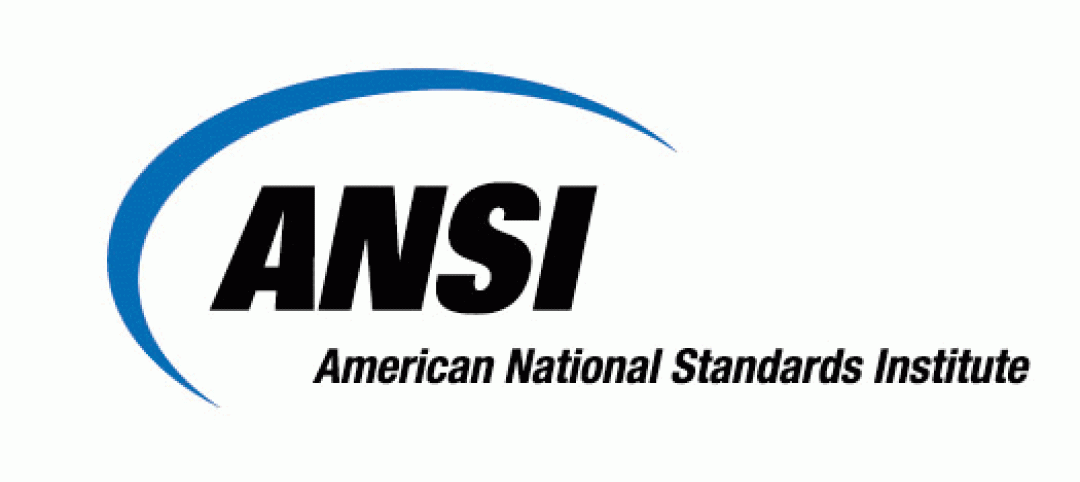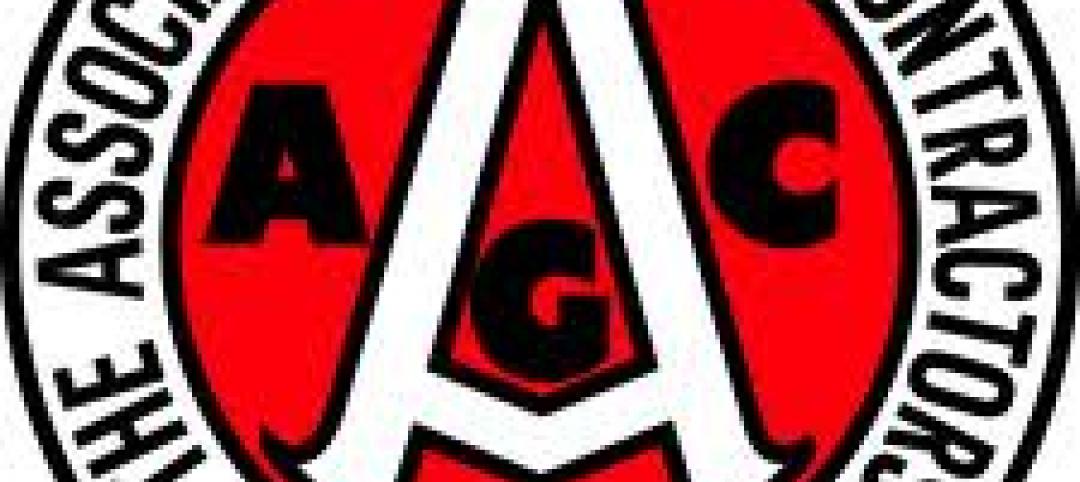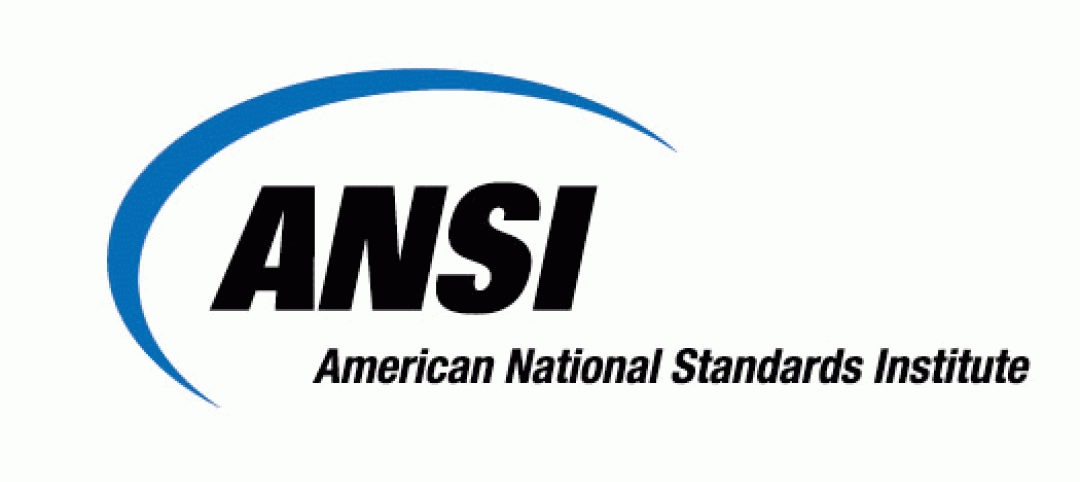Fannie Mae’s green bond program to spur efficiency upgrades may be falling far short of its goals, according to analysis by Grist.
A Grist report says that about 1,600 of the 3,800 properties that had loans packaged into “green” mortgage-backed securities saw improvement in their energy scores within a median period of about two years. But more than 800 properties that the online publication examined saw lower or identical energy scores in the most recent data year compared to their scores at loan issuance.
“Whether or not Fannie Mae’s green bonds program is driving significant decarbonization and efficiency improvements is very much an open question,” Grist says. “The value of the program is unclear even in cases where energy savings did improve: About a fifth of the buildings enrolled from 2016 through 2019 performed worse than the median U.S. building even after fulfilling program requirements.”
Another criticism: Participation is highest in states and cities that already have stringent building energy efficiency codes. That means some of these building owners may have pursued green improvements without Fannie Mae’s incentives.
Related Stories
| Nov 16, 2012
South Dakota prefers LEED over building code on state projects
“(LEED is) much better than a mandatory building code because you get a little wiggle room in these projects,” said Mike Mueller, a spokesman for the South Dakota Bureau of Administration.
| Nov 16, 2012
AAMA publishes quality assurance guidelines for Polyamide Thermal Barriers
The American Architectural Manufacturers Association (AAMA) has published QAG-2-12, Voluntary Quality Assurance Processing Guide for Polyamide Thermal Barriers.
| Nov 16, 2012
New ANSI/BIFMA standards developed for educational seating
The American National Standards Institute (ANSI) has approved the newly developed safety and performance standard for educational seating: ANSI/BIFMA X6.1-2012—the first of its kind.
| Nov 16, 2012
Green building councils in 62 countries expect 60% of their work to be green by 2015
More than half of the respondents to a survey of members of the Green Building Council in 62 countries expect green projects to comprise 60% of their work by 2015.
| Nov 16, 2012
Voters approve fewer construction ballot measures in 2012 than in 2008
Voters passed fewer ballot measures related to construction projects this year than they did in 2008, according to an analysis by the Associated General Contractors of America.
| Nov 9, 2012
New ANSI/BIFMA standard adds point for lower formaldehyde emissions
The ANSI/BIFMA e3-2012 Furniture Sustainability Standard now includes an additional point for furniture products that meet a new, lower formaldehyde emissions limit.


